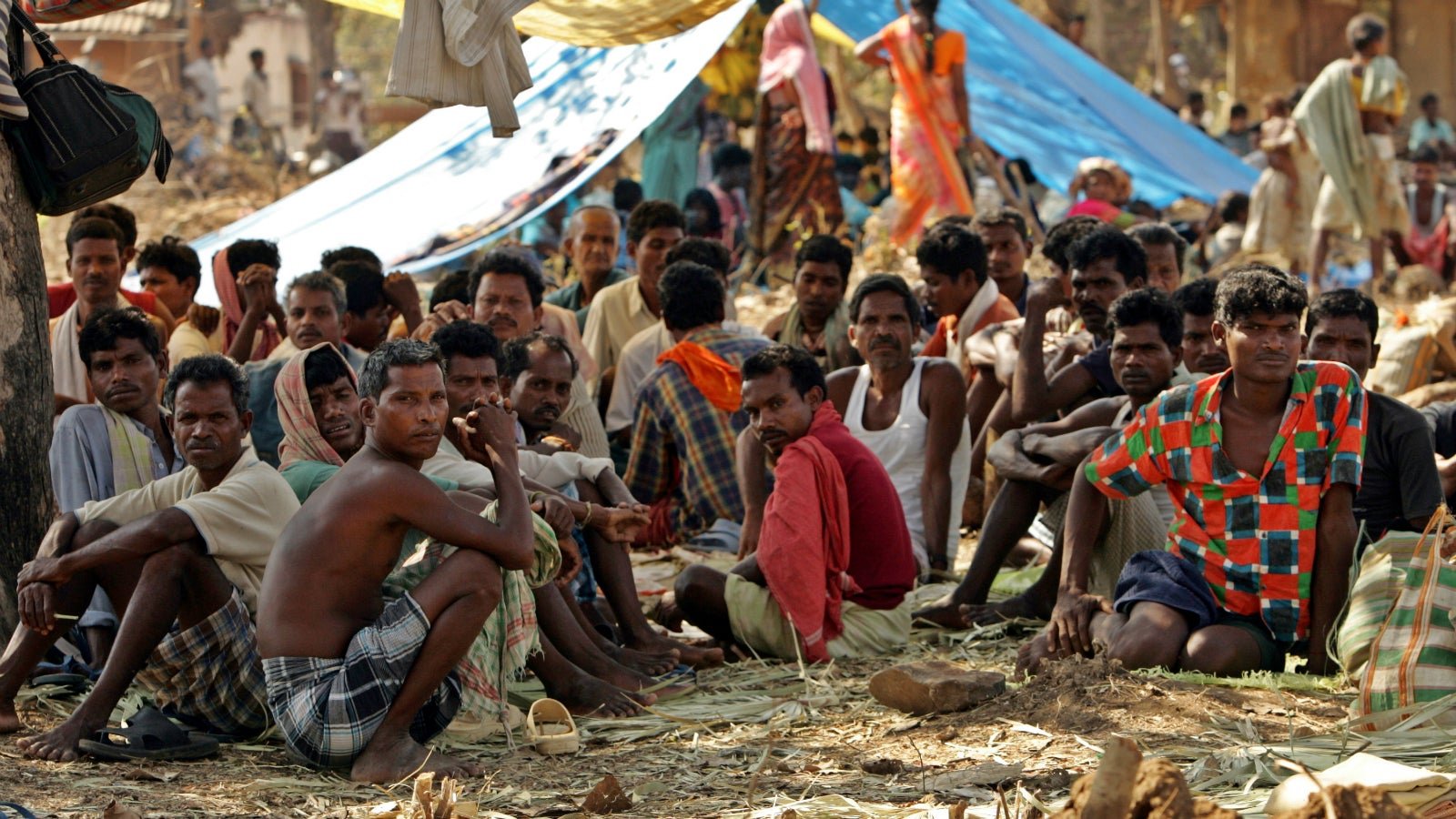India’s supreme court has rendered over a million forest-dwelling families homeless
India’s supreme court has ordered the eviction of more than a million forest-dwelling and tribal families across 16 states. And some believe that the country’s government is at fault.


India’s supreme court has ordered the eviction of more than a million forest-dwelling and tribal families across 16 states. And some believe that the country’s government is at fault.
The evictions were ordered last week—and the written order released yesterday (Feb. 20)—after some citizens, including wildlife conservation NGOs, filed a petition challenging the Forest Rights Act. Passed in 2006, the Act attempts to grant forest-dwellers, many of whom belong to marginalised tribal communities, official access to places they have called home for centuries.
The petitioners challenged the Act and sought the eviction of all forest-dwellers whose claims to land under the law had been rejected.
The government, meanwhile, failed to present lawyers before the court to defend the Act, the Business Standard newspaper reported.
“As no other party can speak effectively in defence of a law, the version of the petitioners…was hence taken to be the truth,” an official of a tribal and forest dwellers’ rights group said yesterday (Feb. 20) referring to the seeming state apathy.
According to the supreme court’s order dated Feb. 13, the total number of claims to land rejected under the Forest Rights Act currently stands at 1,127,446 households. But “several other states that have not provided details to court have been asked to do so. Once they follow suit these numbers are likely to swell,” the Business Standard said.
“In case the eviction is not carried out, as aforesaid, the matter would be viewed seriously by this court,” the supreme court order reads several times, in its directives to most of the 16 states addressed. These states have until July 27 to complete the evictions.
Many people on Twitter, especially advocacy organisations for tribal and forest-dwelling groups, were highly critical of the order for its dispossession of some of India’s most vulnerable communities.